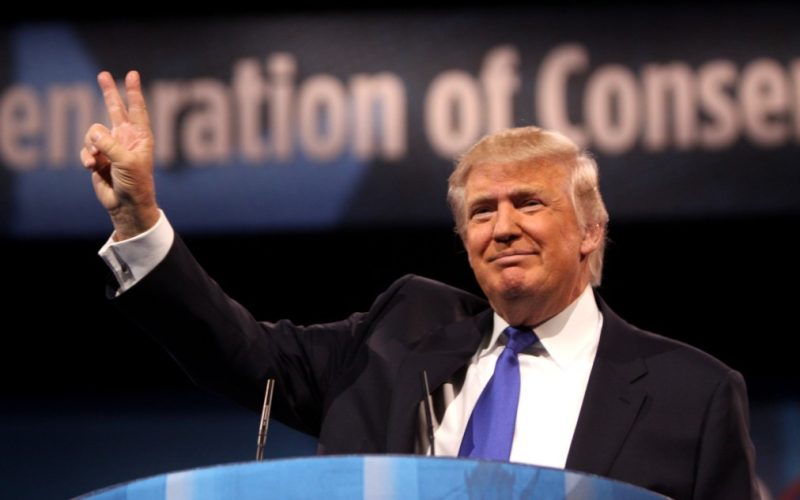In a move that has shaken the foundations of North American trade, President Donald Trump has escalated tensions by imposing steep tariffs on goods coming from Mexico and Canada. On February 1, 2025, Trump signed executive orders levying 25% tariffs on imports from these neighbors, with the exception of Canadian energy products, which face a slightly lower 10% tariff. This comes alongside a 10% tariff on Chinese imports, signaling a broader strategy to reshape international trade dynamics.
The rationale behind these tariffs, as stated by the White House, revolves around an alleged failure by Canada and Mexico to curb the flow of undocumented immigrants and drugs, particularly fentanyl, into the United States. However, this move has been met with swift and strong backlash. Canadian Prime Minister Justin Trudeau has not only condemned the tariffs but also announced retaliatory measures, including a 25% tariff on $155 billion worth of U.S. goods, urging Canadians to buy local and avoid American products. Mexico’s President Claudia Sheinbaum has echoed this sentiment, preparing her own retaliatory tariffs.
Economic analysts predict a potential downturn, with fears of higher consumer prices and a possible recession in Canada and Mexico. The U.S. isn’t immune either; the cost of everyday goods could rise, hitting the pockets of American consumers hard. The auto industry, heavily reliant on cross-border supply chains, is bracing for significant disruptions.
House Speaker Mike Johnson has defended the tariffs as necessary measures to hold these countries accountable, whereas Senate Minority Leader Chuck Schumer has criticized them for likely increasing grocery prices. Industry leaders have expressed concern over the ripple effects these tariffs could have on global markets.
As the dust settles, the international community watches closely, questioning whether this is the beginning of a more isolationist U.S. policy or a negotiating tactic for better trade deals. The next few weeks will be crucial in determining the economic landscape of North America.





